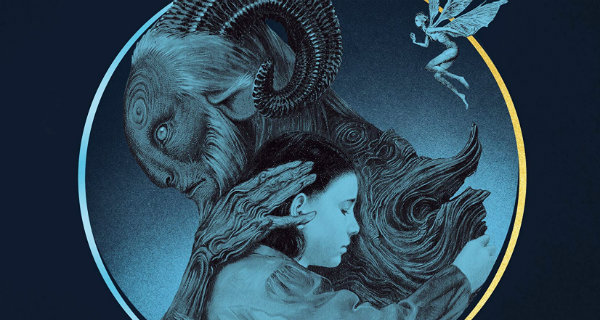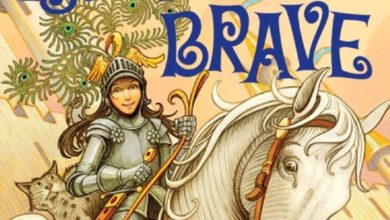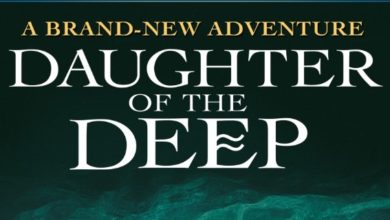
Ned Miller’s review of Pan’s Labyrinth: The Labyrinth of the Faun by Guillermo del Toro and Cornelia Funke
In 2006 Guillermo del Toro Wowed audiences when his movie, Pan’s Labyrinth hit the big screen. It was a different kind of fantasy than the one fans have grown accustumed to. One part fairy tale, one part war movie, it became one of the few portal fantasy movies for adults.
Despite its conglomerate nature, the movie found its audience, and further cemented del Toro’s position as one the greats. Fast forward 13 years, and a collaboration between del Toro and Cornelia Fuke has brought forth a novalization of the hit movie.
Synopsis
In fairy tales, there are men and there are wolves, there are beasts and dead parents, there are girls and forests. Ofelia knows all this, like any young woman with a head full of stories. And she sees right away what the Capitán is, in his immaculate uniform, boots and gloves, smiling: a wolf. But nothing can prepare her for the fevered reality of the Capitán’s eerie house, in the midst of a dense forest which conceals many things: half-remembered stories of lost babies; renegade resistance fighters hiding from the army; a labyrinth; beasts and fairies. There is no one to keep Ofelia safe as the labyrinth beckons her into her own story, where the monstrous and the human are inextricable, where myths pulse with living blood …
Much More than a Novelization
Readers of del Toro and Funke’s literary adaptation of the director’s movie will likely be divided into those who will appreciate the changes and expansions on the movie, and those who will resent them. First, the book clarifies and sheds light on aspects the movie has left ambiguous. Presumably, this ambiguity was intentional. However, if that is the case, why do away with it now? While that is unclear, since del Toro is involved in the book’s writing, we can at least be sure these changes are approved. But is the story improved? I venture to say ‘yes.’
Fairy Tale Time
To begin with, Pan’s Labyrinth was a literary-ish movie. It went as far as it could into the literary as it possibly could, invoking fairy tale themes and conventions. Given the opportunity to cross completely over, to the printed word, the book takes the story much deeper into literary teritory and so emps up the sense of magic. The fairy tales, like mini stories, are interwoven into the main plot. In this way, the story transcends time and locale, just like fairytales’ “long time ago, in a distant land,” which actually means: no distinct point in time and space. Past and persent come together just as old and new, fantastic and real , evil and more evil still.
Cornelia Funke’s Spell
Another thing which helps the literary adaptation of Pan’s Labyrinth stand on its own is Funke’s lively and imaginative writing. The popular writer of children’s fantasy fiction, it turns out, is the perfect choice for transforming del Toro’s movie into a book. Who knew she could leave behind the conventions of writing for children, and breath new life into the story and its dark enchantment? Assuming that the German author was responsible for the writing and del Toro for the story itself, then Funke’s writing is magic in and of itself. It adds to the story wonderful insights and sensitivity, which the movie could hardly be even expected to achieve.
Books and Covers and pictures, oh my…
Never judge a book by its cover, asserts the old adage. But why not do that when the book’s design (hardback edition) is such a delight? Its night blue cover and central image beautifully capture the mysterious spirit of Pan’s Labyrinth. If there’s something negative to be said about the cover is that it probably relies to heavily on imagery from the movie. I would have loved the book to move away from its origin and stand on its own, as I believe it perfectly can.
Yet another visual feature which adds to the book’s appeal are the wonderful illustrations by Allen Williams. These realistic-style illustrations also contribute to the sense of classic fairy tale, as opposed to modern day novels.
In conclusion
Pan’s Labyrinth: The Labyrinth of the Faun is a must-have item for every fan of Guillermo del Toro in general and of his 2006 movie in particular. Fans of Cornelia Funke will also appreciate the author’s achievement in writing this book. But even if you are neither, but want to enjoy a dark and spellbinding modern fairy tale, then this is a book for you.




